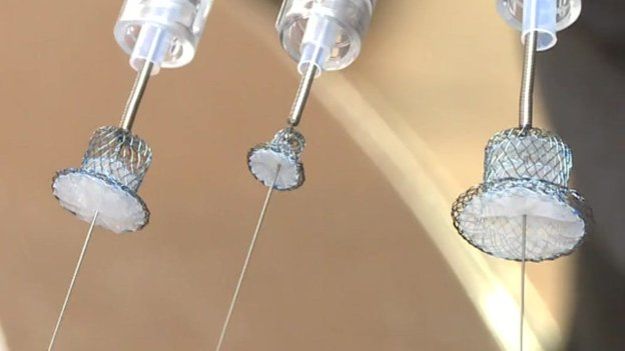
In Bolivia, knitting and weaving are ancient craft skills that have been developed over centuries and even predate the Incan Empire. Today, Bolivian women are knitting high-technology devices known as “occluders” to combat a type of congenital heart disease in children. Developed by cardiologist Franz Freudenthal, the device is an inexpensive alternative to the standard devices that are industrially produced. With Bolivia being one of the poorest countries in the Americas and with one of the highest infant mortality rates in the region, the device has the potential to save hundreds of children’s lives.
Without a doubt, this innovation represents an interesting intersection between health and culture. The health implications are clear, but its cultural aspects make it particularly intriguing. It is a high-technology device that is designed for patients with limited resources, many of whom may hold strong traditional indigenous beliefs against the “manipulation of the heart.” Because of its minimally invasive characteristics (it is “insert[ed] into the the groin” and “remains folded as it travels through blood vessels–and is only expanded when it reaches the right place in the heart”), it has been welcome by indigenous communities. Additionally and as mentioned above, it is produced by a group of Aymara women using craft skills that have been passed down over generations and date back centuries.
Freudenthal is driven by his commitment to protecting children’s right to life. He is a strong advocate of the Convention on the Rights of the Child. According to Freudenthal, children in La Paz are ten times more likely to develop “patent ductus arteriosus” (PDA), a type of congenital heart disease, due to the altitude. As it is, congenital heart disease is a major cause for infant mortality in the country.
The availability of this device in La Paz (a city that sits at 4,058 meters / 13,313 feet above sea level) at a price that is affordable to the under-resourced population translates into many children with congenital heart problems surviving. These children are able to more efficiently pump blood throughout their bodies, and therefore, take in more oxygen and nutrients. Freudenthal’s device is estimated to save 200 Bolivian children per year, and his goal is to save at least 90% of all those to children who would otherwise die from this condition.
Economic development during the 60s and 70s had unfortunate ramifications in the lives of many people in countries, including Bolivia, where ethnocentric Western models of development were implemented. They promoted an evolutionary understanding of economic development, imposing on many countries models that “had worked” in the Western world without much consideration of the country’s social and political context. Anthropologists were critical of this approach and instead have promoted a type of development that uses local resources, incorporates the local culture, and is sensitive to the local socio-political context.
The new movement is “global health.” Like development, it has its own discourse. Many things are being undertaken under the name of “global health” and there is much to learn from the development experience of past decades, including sensitivity to local context and resources. Freudenthal’s work and innovation stands as a good model of a grassroots initiative that freely borrows from modern medical technology, but yet incorporates local culture and resources, in order to improve the health and lives of a vulnerable population.
“What is most important to me as a doctor is the right to life […] I would like for many to talk less and do more. We need to learn to value life.” — Franz Freudenthal




